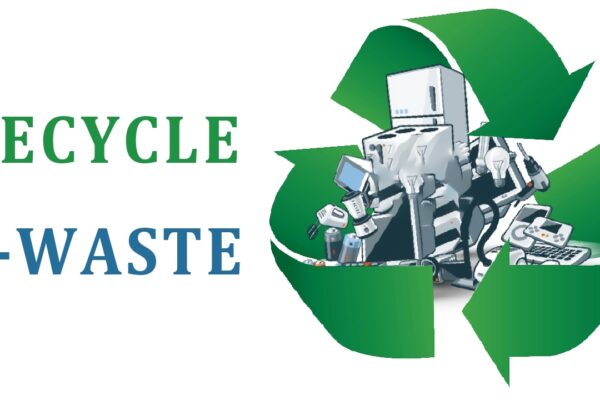Common Sands – Forite is Using Electronic Waste To Make Glass Tiles
Snøhetta, Studio Plastique and Furnaces Brioni make glass tiles from electronic waste.
The quantity of electronic waste (E-Waste) is increasing rapidly, generating approximately fifty-five million tons of junk – out of which around nine million tons contain non-reused glass. With the latest advancements in technology, Common Sands – Forite is using glass from electronic waste to make tiles.
A partnership between Snøhetta, Studio Plastique and Furnaces Brioni, got inspired by these figures and designed Common Sands – Forite, which influences the exclusive properties of the composition, color and intrinsic structure in the sand as waste material. Emphasis has been laid on waste glass from ovens and microwaves as a starting point to exhibit the visual depth, function, and potential of the recycled material.
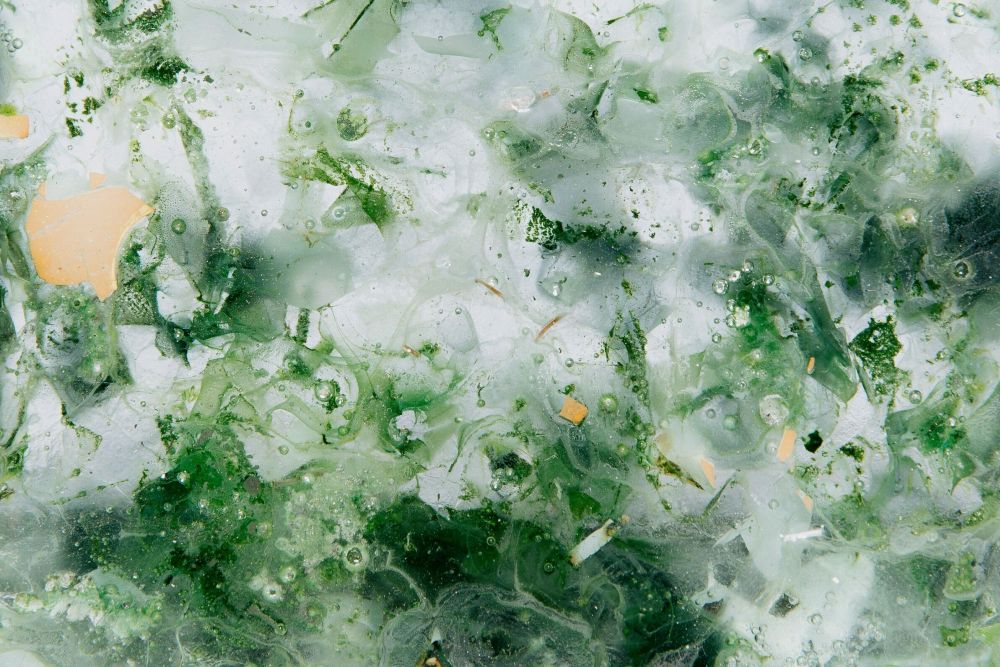
Image: Snøhetta / Studio Plastique / Fornace Brioni
Sand is generally allied with beaches and playgrounds but it also plays a vital role in the production of microchips, fiber optic cables, insulation and solar cells. It is also a particularly essential component in the glass that is used in the daily devices.
Conversion of sand into electronic components is a tedious process but a comparatively lesser effort has been made to recycle these components. Usually they end up landing in the dump.
Also Read: Earth’s Annual Electronic Waste to Increase to 75 Million Tons by 2030
Common Sands – Forite progressed as a collective research project between Studio Plastique and Snøhetta, anticipating exploring the potential applications of recycled e-waste glass, which led toward the development of an application integrating and celebrating its variable material quality and consequently the creation of glass tiles.
Common Sands mentioned;
We challenge the paradigm of consumption by re-establishing a relationship between the resources and the production, making consumers become more aware and involved.
The team was later joined by Italian ceramic tile manufacturer Fornace Brioni. They made tiles from recycled glass using microwave ovens and have been made in two different sizes.
The tiles are both opaque and transparent, each with a distinctive pattern and a deeply complex, terrazzo-like material quality. These tiles are appropriate for a varied variety of architectural applications, including both surface coverage and semi-transparent partition elements.
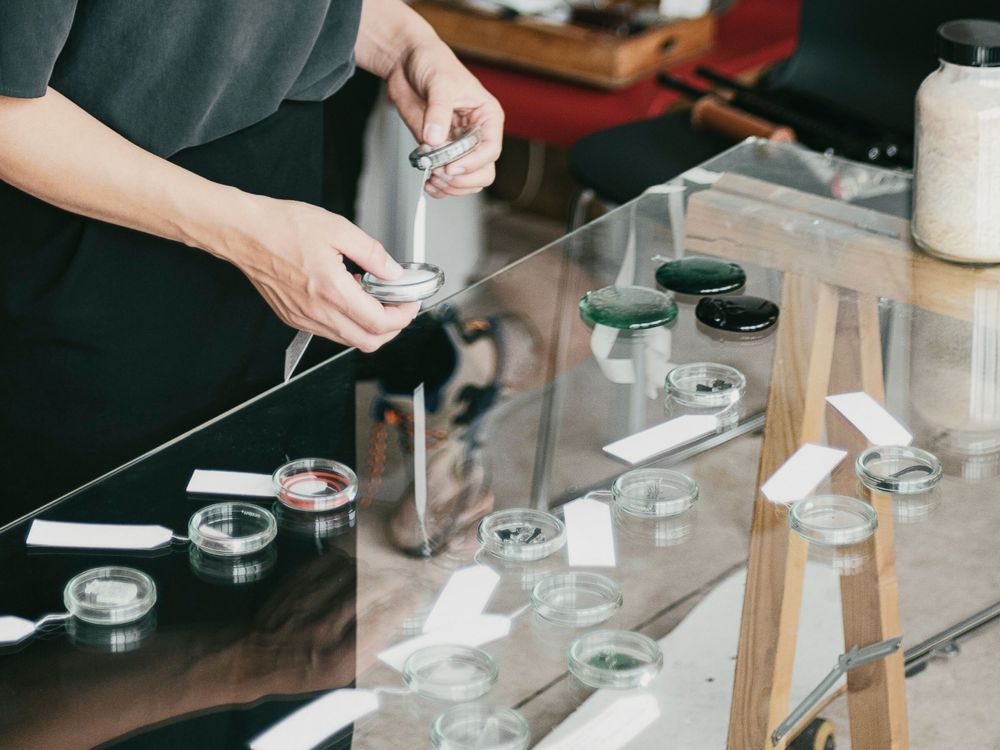
Image: Studio Plastique
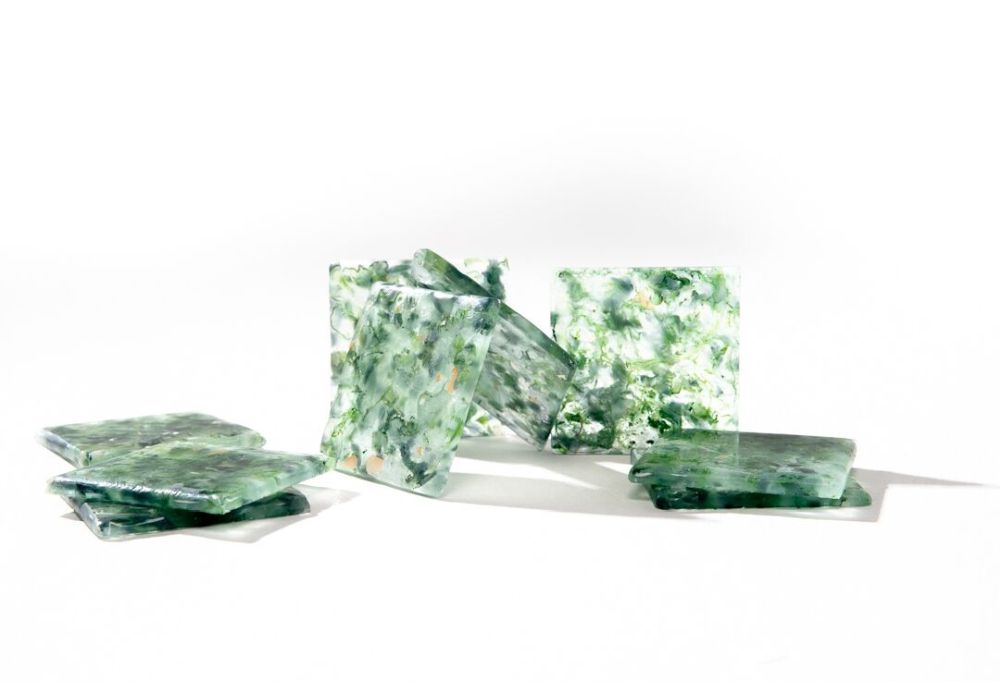
Image: Snøhetta / Studio Plastique / Fornace Brioni
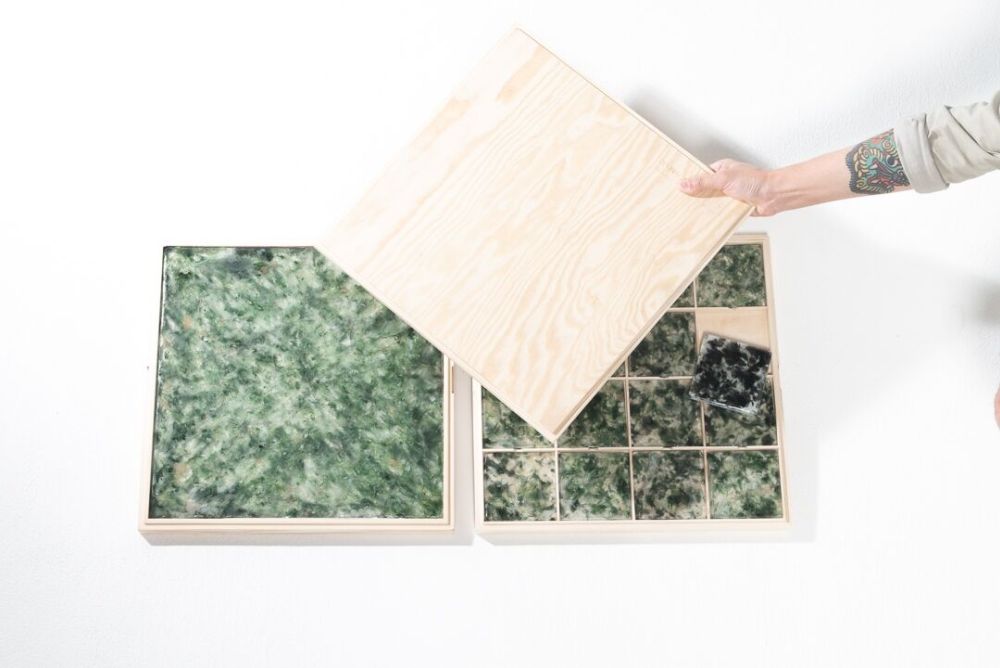
Image: Snøhetta / Studio Plastique / Fornace Brioni
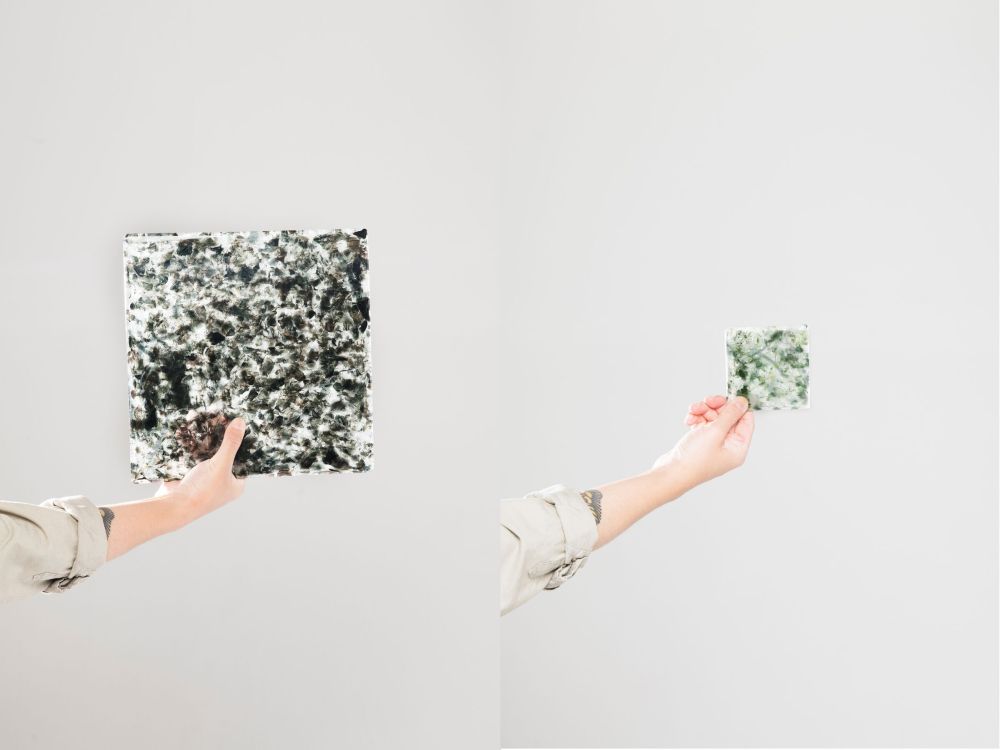
Image: Snøhetta / Studio Plastique / Fornace Brioni
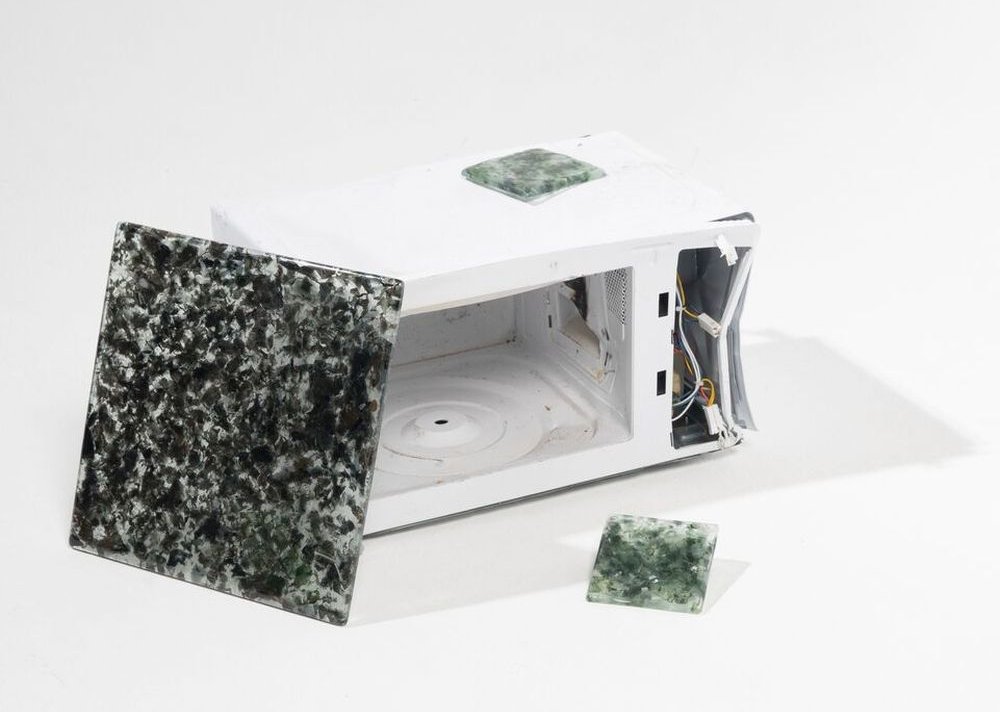
Image: Snøhetta / Studio Plastique / Fornace Brioni
Via: Archello


